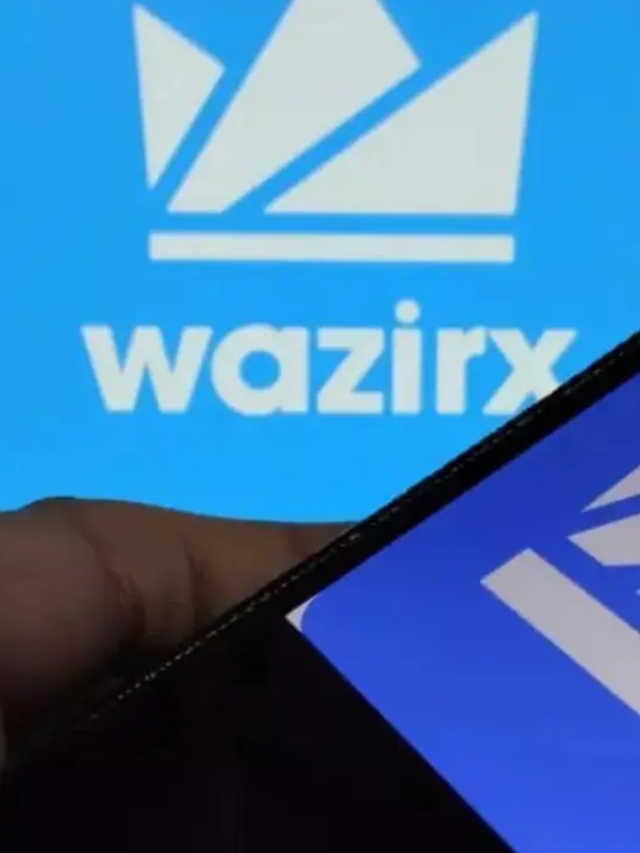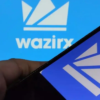Vitalik Buterin’s Vision for Ethereum’s Proof-of-Stake Upgrade: The Verge
Ethereum co-founder Vitalik Buterin has revealed further details on enhancing Ethereum’s Proof-of-Stake (PoS) mechanism through a significant upgrade, which is now being referred to as “The Verge.”
In a blog post published on October 23, Buterin explained how, although it’s technically possible to run an Ethereum node on an everyday laptop, the system’s current data demands make this option unrealistic for most users. This upgrade aims to tackle the growing challenges associated with operating Ethereum nodes by making them more efficient and accessible.
The Current Challenge: Data Requirements for Ethereum Nodes
Running an Ethereum node isn’t a small task—it requires hundreds of gigabytes of storage just to verify blocks on the chain. Worse still, this requirement grows each year, with the data swelling by an estimated 30 GB annually.
These substantial storage demands effectively limit the number of users who are able to run fully verifying nodes on Ethereum, as only those with powerful machines and ample storage can do so. This constraint reduces the network’s decentralization, which depends on broad participation from individual users.
Buterin’s Proposal: The Verge and Stateless Client Verification
Buterin’s proposed Verge upgrade is designed to fix this problem. It introduces the concept of “stateless client verification,” where devices can validate blockchain data without needing to store the entire dataset locally. This is a major shift from the current system, as it could make running an Ethereum node feasible even on small, low-storage devices.
As Buterin explained:
“The Verge is about changing this and making fully-verifying the chain so computationally affordable that every mobile wallet, browser wallet, and even smartwatch could do it by default.”
What is The Verge? Expanding the Focus Beyond Verkle Trees
Initially, “The Verge” was focused solely on implementing Verkle trees—a type of data structure that allows for much more compact cryptographic proofs. This innovation would make it possible to verify blocks on Ethereum without downloading the entire chain’s history.
However, since then, the scope of The Verge has broadened. The update now aims to make Ethereum verification significantly more resource-efficient by merging stateless validation techniques with advanced cryptographic technologies, such as SNARKs (Succinct Non-Interactive Arguments of Knowledge).
SNARKs and the Role of Cryptographic Proofs
SNARKs, a type of cryptographic proof, allow one party to prove they hold specific information without actually revealing that data. This technology could enable Ethereum’s blockchain to process complex transactions quickly and securely, even on small devices such as smartwatches.
Buterin believes that the use of SNARKs could potentially allow Ethereum’s blockchain to be verified on much smaller devices, thereby expanding access to users across different kinds of hardware. This would significantly increase participation in the network, as even devices with minimal storage and processing power could participate in Ethereum’s consensus mechanism.
Stateless Verification: Eliminating Storage Barriers
Stateless verification is a core feature of The Verge upgrade. Under this new approach, nodes won’t need to store the entire blockchain dataset locally. Instead, each block will include a “witness,” which contains the necessary data and cryptographic proofs needed to validate that block.
This shift reduces the storage requirements for node operators and improves overall blockchain performance, making it faster and more efficient. By lowering these barriers, it becomes easier for individuals to run their own Ethereum nodes, making solo staking much more achievable for a broader audience.
Replacing the Merkle Patricia Tree: Verkle Trees or STARKed Binary Hash Trees
For The Verge upgrade to take full effect, Buterin has proposed replacing Ethereum’s current state structure, the Merkle Patricia tree, with a more advanced alternative, either Verkle trees or STARKed binary hash trees.
While Verkle trees allow for more compact proofs, STARKs (Scalable Transparent Arguments of Knowledge) offer enhanced scalability and security, two crucial aspects that Ethereum’s current proof systems struggle with. STARKs also differ from SNARKs in that they don’t require a trusted setup, making them even more secure. This change could dramatically boost Ethereum’s performance and efficiency in the long run.
The Potential Impact: Expanding Participation in Ethereum
If implemented, The Verge has the potential to bring blockchain verification to small devices like mobile phones and smartwatches. This could democratize Ethereum participation, as anyone with even a smartwatch or basic hardware could run a node, participate in consensus, and contribute to the network’s security.
The Verge is also a key part of Ethereum’s ongoing evolution toward becoming more decentralized and accessible. By reducing storage and computational demands, Ethereum could become more user-friendly, allowing for broader adoption across a range of devices.




















